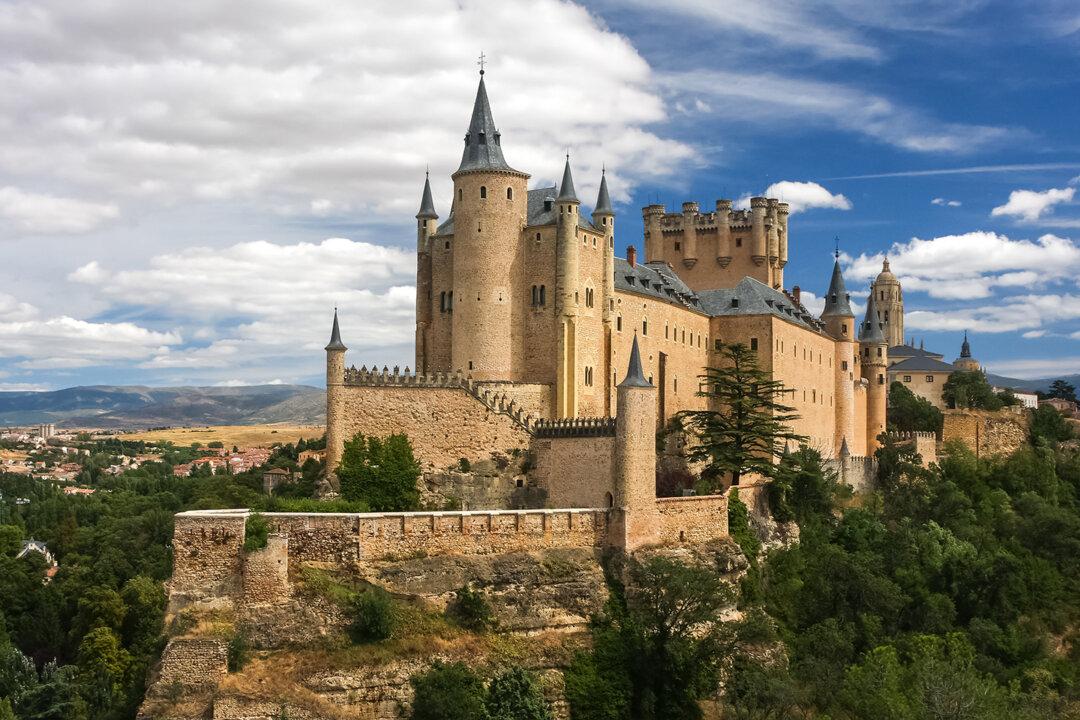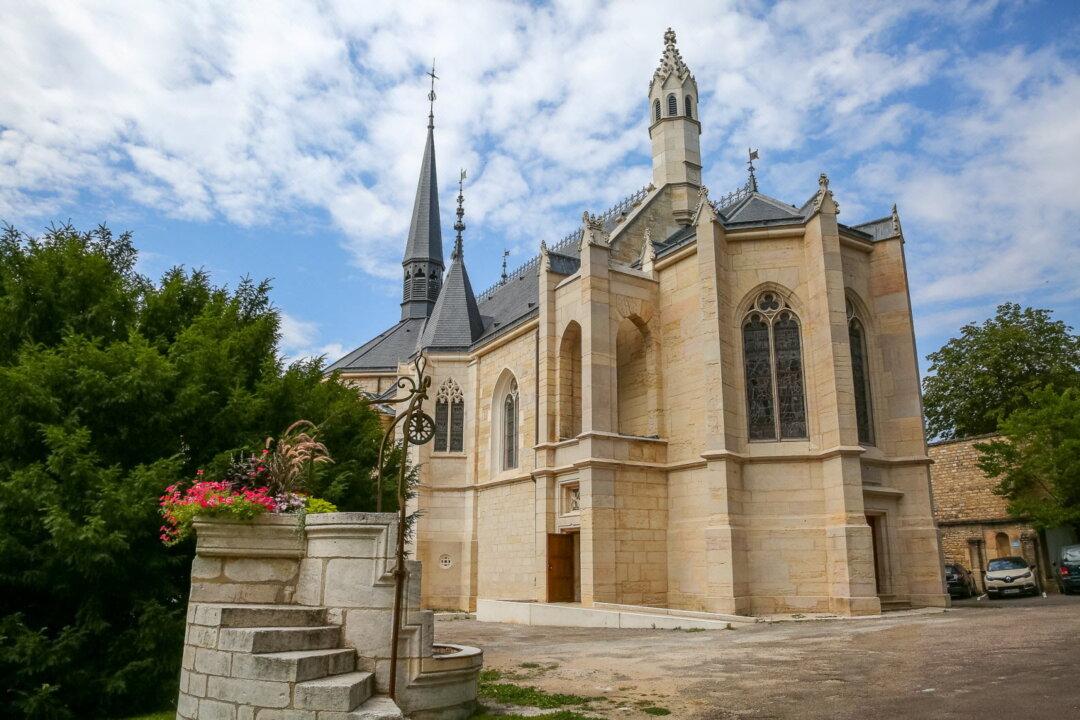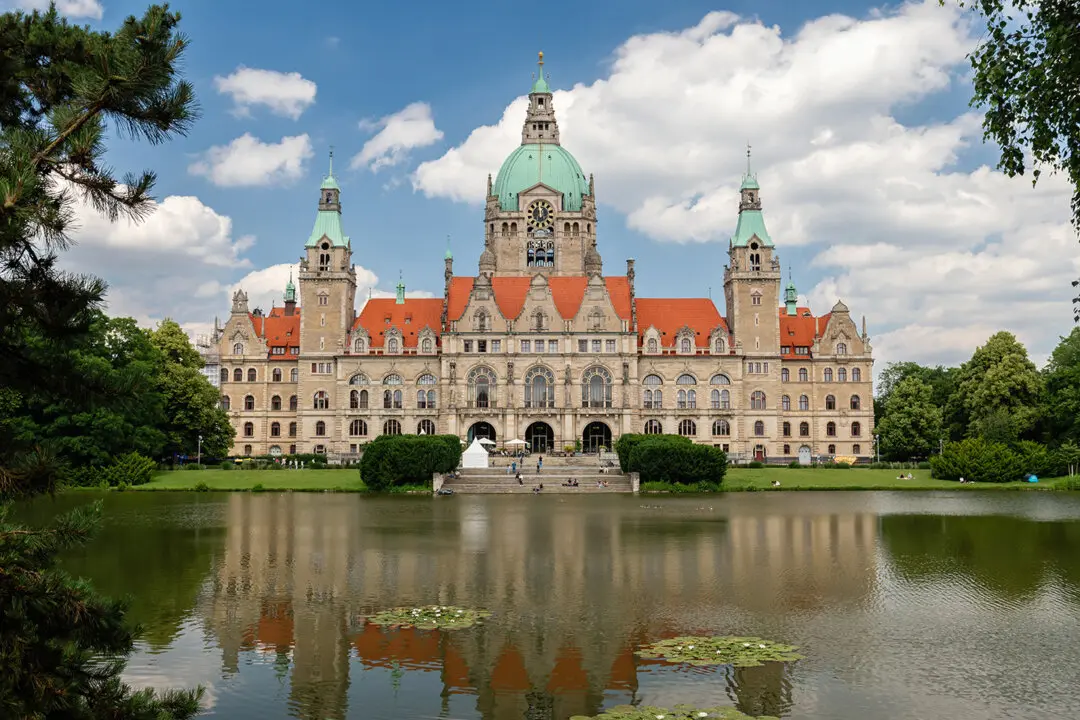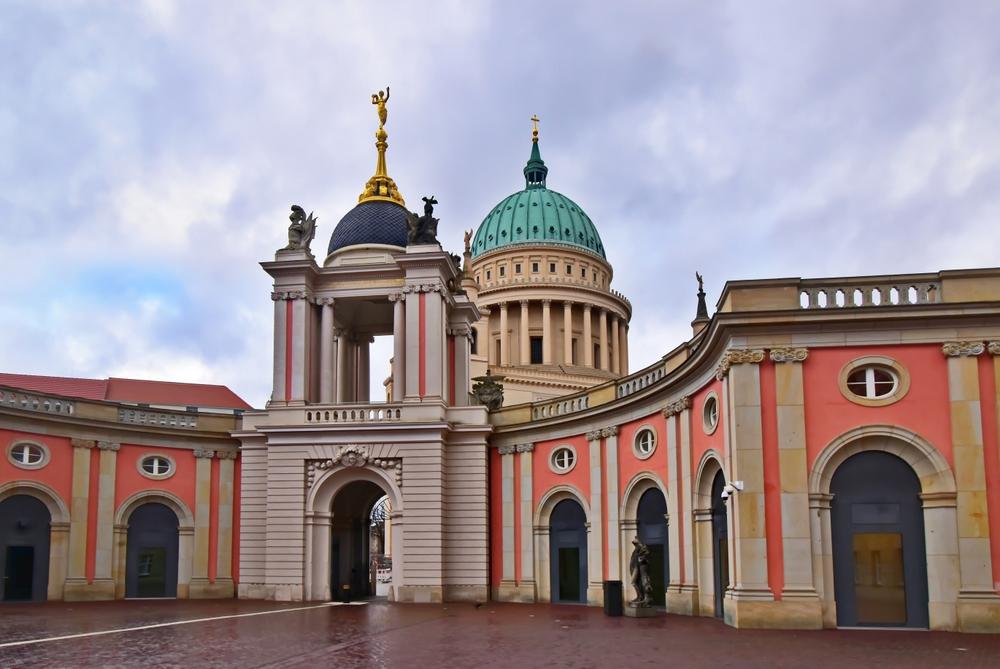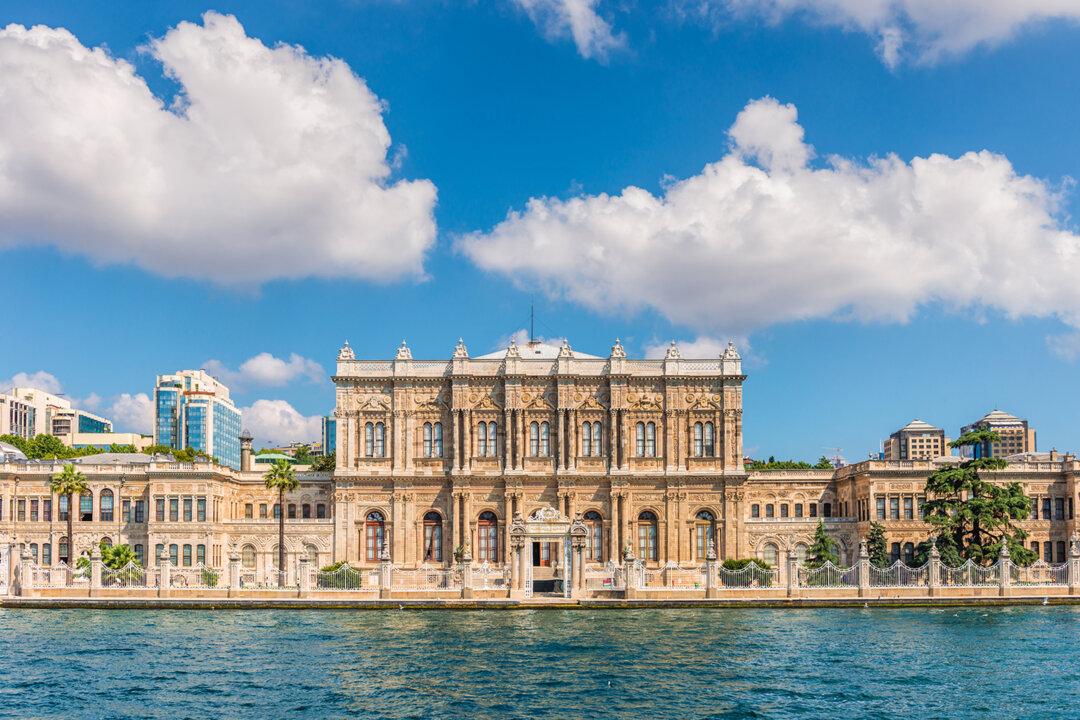Situated on a hill above the junction of the Clamores and Eresma rivers, Spain’s Alcázar of Segovia is among Europe’s most iconic castles. The Segovia castle was an impregnable fortress and luxurious royal residence for centuries. Today, it’s one of the greatest examples of Spanish Gothic and Herrerian architecture.
The castle dates to the Spanish reconquest of Segovia in 1085, when a stone structure likely replaced an old wooden fortress. A century later, it was transformed into the primary residence of monarchs by King Alfonso VIII of Castile, an independent realm at the time. In the aftermath of extensive fire damage in 1258, its current appearance began to take shape—particularly with the adoption of a Gothic style and the construction of the magnificent Hall of Kings.

